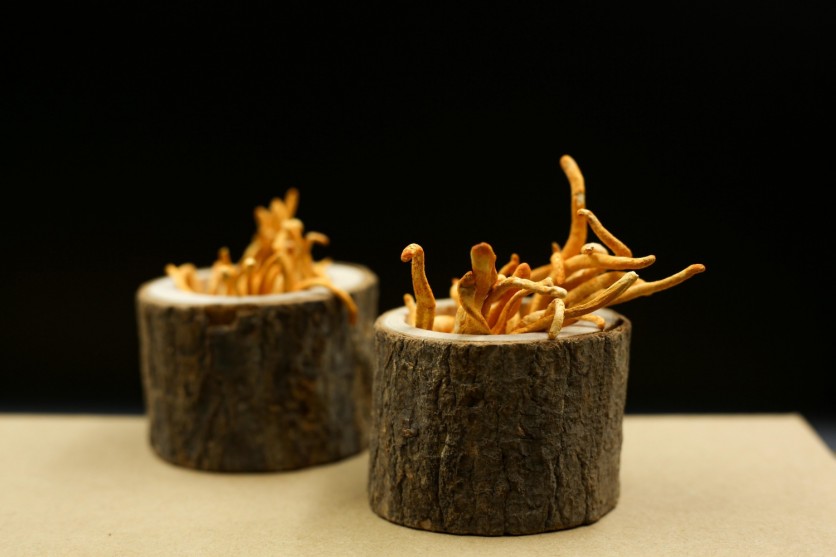Researchers are currently raising mushrooms that consume a variety of insects. However, these are not ordinary mushrooms, for they may aid in the creation of novel antiviral and anticancer medications, according to a report by Interesting Engineering.
Zombie mushrooms, also known as cordyceps fungus, are excellent in infecting and killing insects. It spreads throughout the body of an insect, forming a network of filaments that control the insect's muscles.

Medical Value of Zombie Mushrooms
The fungus develops into fully developed fruiting bodies that emerge from the bug's flesh once the body of the insect has totally run out of nutrients, releasing spores that infect other individuals.
As horrifying as it may sound, cordyceps mushrooms have significant medical value. It contains cordycepin, a bioactive substance with the potential to be turned into effective new antiviral medicines and cancer treatments, according to researchers.
The growth of Cordyceps mushrooms differs from that of other varieties. Since they are uncommon in the wild, it has been difficult to cultivate healthy mushrooms in the lab.
In a recent study, Dr. Ayman Turk and Professor Mi Kyeong Lee of Chungbuk National University discovered how to grow these rare fungi in a lab without losing their effectiveness.
The mushrooms are typically grown in labs on grains like brown rice, however, due to the grain's low protein content, the amount of cordycepin the mushrooms produce is relatively low.
Lee and her team experimented with using edible insects as a substitute growth medium for cordyceps to boost the yield of cordycepin. The research team looked at the optimum meal for the mushrooms to thrive because various insects offer different nutritional elements.
For two months, the team produced zombie mushrooms on silkworm pupae, mealworms, crickets, grasshoppers, white-spotted flower chafer larvae, and Japanese rhinoceros beetles. They harvested the mushroom to look into its yield of cordycepin.
As expected, the mushrooms grew very differently due to varied insect-feeding sources.
Read Also : Scientists Are 3D Printing Insects and Mixing Them With Vegetables To Help Solve Food Crisis
Results of the Experiment
When fed with mealworms and silkworm pupae, the cordyceps developed the fastest; when fed chafer larvae and grasshoppers, it developed the least. Maximum growth, however, did not always coincide with the high cordycepin concentrations.
The Cordyceps cultivated on Japanese rhinoceros beetles didn't grow as big, but they produced the highest levels of cordycepin-34 times more than the worst-performing silkworm pupae, as per the study's findings.
According to Dr. Lee, cordyceps produced on edible insects contained about 100 times more cordycepin than Cordyceps grown on brown rice.
Further study showed that the fat content of the insect rather than the protein content is the key to high levels of cordycepin synthesis.
Particularly, the production of cordycepin may require large concentrations of oleic acid. The amount of cordycepin produced by the Cordyceps fed on a poor-performing insect meal increased by 50% with the addition of oleic acid.
Researchers anticipate that the study may result in the development of a more commercially feasible method of generating cordycepin, a drug that fights deadly infections, even though the usage of edible insects is not yet adequate for scale-up to an industrial level.
This means that the mushroom's potential can still be explored further by learning what food would boost their cordycepin yield so that one day they may be used for developing anti-viral and anti-cancer drugs.
Related Article : Scientists Made Crispier Chocolates through 3D Printers
This article is owned by Tech Times
Written by Joaquin Victor Tacla
ⓒ 2025 TECHTIMES.com All rights reserved. Do not reproduce without permission.




